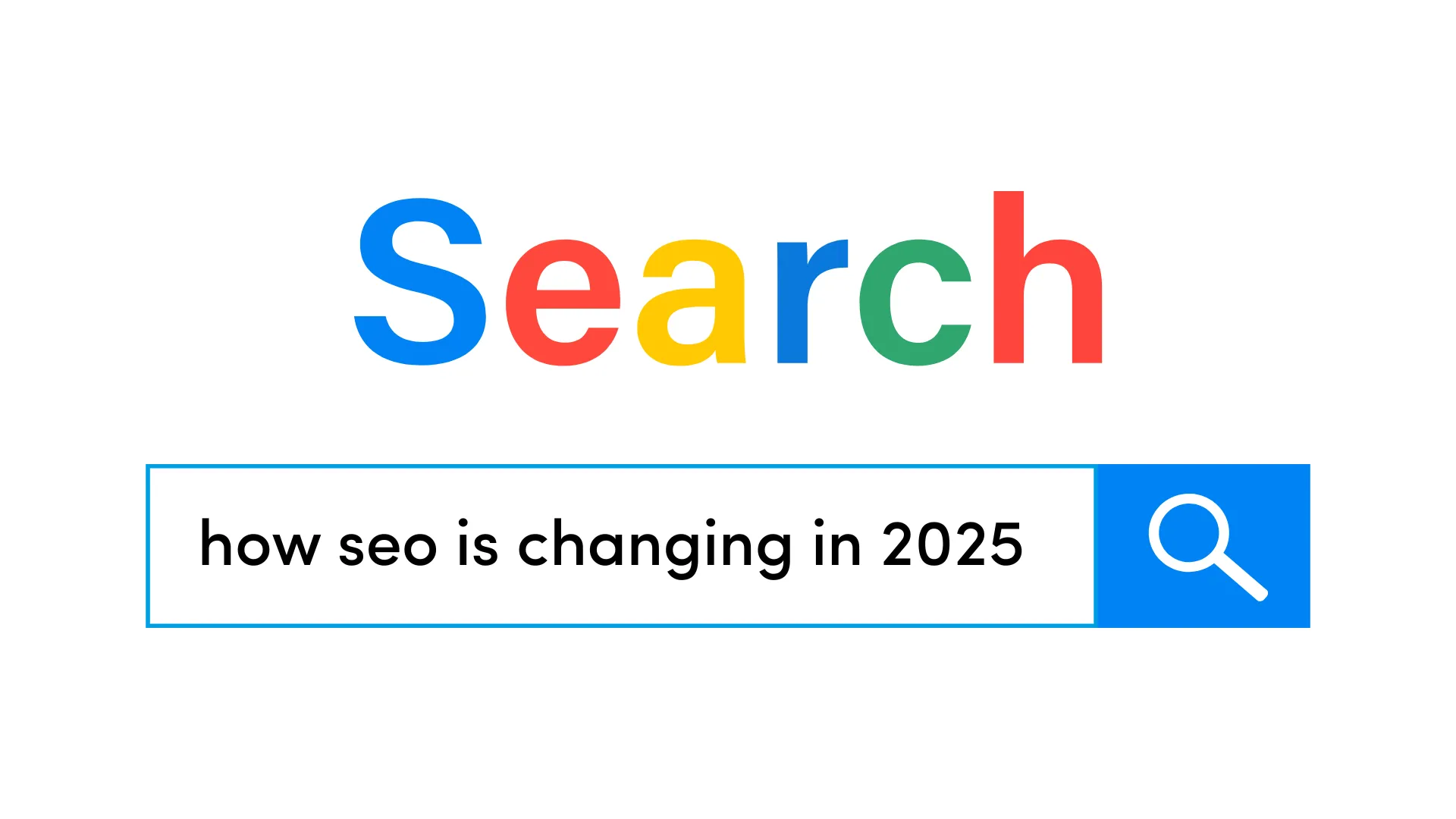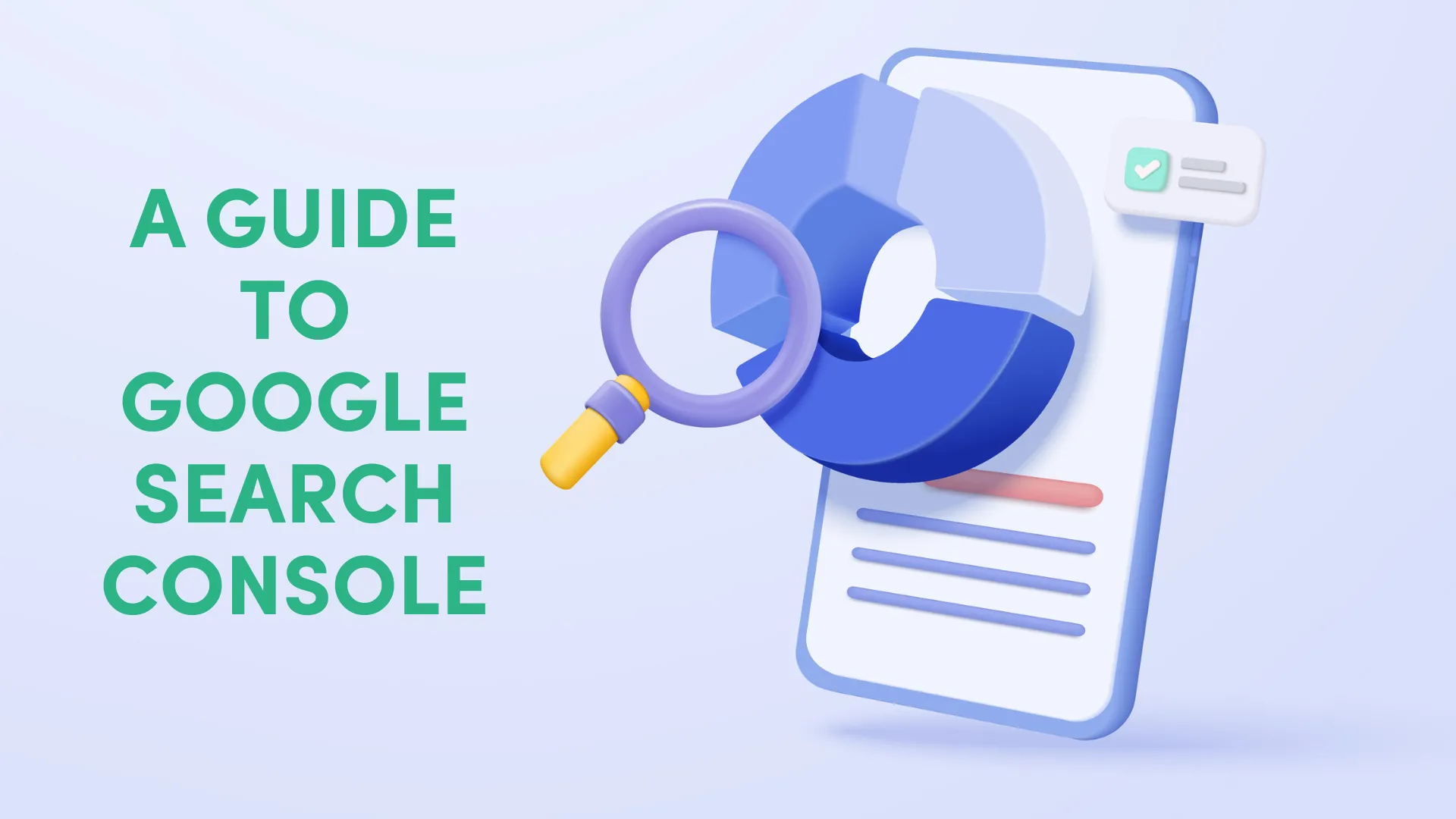A billion searches were made on ChatGPT last week alone. Now, OpenAI is turning those queries into a powerful new retail experience.
ChatGPT recently launched its AI Shopping Assistant for fashion, beauty, home goods and electronics, allowing users to browse curated product recommendations, compare prices, read reviews and click through to purchase – all in a seamless, ad-free interface.
Unlike Google Shopping or Amazon, the results shown in ChatGPT don’t include paid placements. There are no sponsored ads. Instead, product recommendations appear based on relevance, popularity and the context of the conversation.
Welcome to the age of conversational shopping.
What is the ChatGPT AI Shopping Assistant?
It’s like a smart personal shopper built into ChatGPT.
Whether you’re searching for “a red t-shirt under $30 to match my new sneakers” or asking, “Which espresso machine is best for a small kitchen?”, ChatGPT responds with image tiles, product specs, customer reviews, pricing from multiple retailers and direct links to buy.
It streamlines what used to be a fragmented process across search engines, social platforms and multiple open tabs into a single, flowing dialogue. And with memory enabled, it can even learn your preferences over time.
For example:
A user types: “I need a dress for my 40th birthday party.”
ChatGPT responds with follow-up questions: What’s the party vibe? Preferred colours? Budget?
After gathering context, it presents a curated list of options across trusted retailers, complete with styling tips, reviews and return policy comparisons – just like a conversation with a knowledgeable shop assistant.

Why this matters for e-Commerce brands
This becomes more than a feature update – it’s a major change in how consumers discover and evaluate products. As ChatGPT continues to gain traction as a shopping gateway, businesses need to rethink their digital strategies.
How businesses can optimise for ChatGPT’s shopping experience
1. Embrace GEO (Generative Engine Optimisation)
Much like SEO optimises for search engines, GEO focuses on optimising content for AI assistants like ChatGPT.
Key GEO principles include:
-
Conversational clarity: Use natural, user-focused language in product descriptions.
-
Structured, enriched data: Ensure up-to-date details like pricing, inventory and specs are clearly formatted and easily crawlable.
-
Review integration: Compile and display authentic customer reviews from trusted sources.
-
Contextual relevance: Address nuanced questions your customers are actually asking. (e.g. “Is this chair good for remote workers with back pain?”)
2. Ensure Product Feed Quality
ChatGPT currently sources data from third-party providers and publicly available content, but OpenAI is working on enabling merchants to submit product feeds directly. Get ahead by preparing your feeds now – clean, structured and rich in detail.
You can even sign up to be notified when their feed submissions open.
3. Partner with Compatible Platforms
ChatGPT has hinted at integrating with platforms like Shopify for end-to-end shopping. Being on these platforms may offer early access to future features, such as native checkouts within ChatGPT itself.
A new purchase journey: Frictionless, personalised & organic
Traditionally, consumers would start at a search engine, bounce through review sites, comparison tools and marketplaces before finally clicking “buy.” It’s fragmented – and full of ads.
ChatGPT collapses this into a single conversation. The assistant can answer follow-up questions, provide side-by-side comparisons and even remember past preferences (in select regions). All results are organic and selected by the AI, not a bidding system.
It’s a signal to focus less on interruptive marketing, and more on earning a place in the conversation.
Where does this leave the future of online retail?
ChatGPT’s shopping assistant is still in its early days but the direction is clear. As generative AI becomes the new front door to the internet, the battleground for attention is shifting from search rankings and social feeds to conversational relevance.
Brands that adapt early will gain a competitive edge. That means:
-
Investing in natural-language product content
-
Structuring your product data for AI consumption
-
Building trust through third-party reviews and transparent information
In the not-so-distant future, your customer might not find you through Google or Instagram – but through a conversation with an AI assistant.
This isn’t just ChatGPT learning to shop – it’s consumers learning to shop differently. In a world overloaded with choice, noise and ads, people are turning to AI for simplicity and clarity. Is your brand ready to be part of that conversation?

Quick Website Audit Checklist When was the last time you really looked at your website through the eyes of a customer? We often assume that once [...]

For years, SEO strategies have revolved around keywords. The approach was simple: identify the terms people were searching for, create pages that matched them and optimise around [...]

Email marketing may just be the most important element of your digital marketing strategy right now. In an age of endless digital channels, it’s easy to get [...]

If you’re new to Google Search Console (GSC), it might seem overwhelming at first. The dashboards, graphs and technical jargon can be intimidating. But once you get [...]

Quick Website Audit Checklist When was the last time you really looked at your website through the eyes of a customer? We often assume that once [...]

In a world where marketers battle for every second of audience attention, Labubu – a quirky character from Pop Mart’s “Monster” series - has done the seemingly [...]

Social media marketing is full of outdated advice, bad habits and half-truths that get repeated so often they start to sound like facts. But just because you’ve heard [...]

In our last article, we tackled a common misconception in digital advertising: Ads don’t fail because of the algorithm - they fail because of the offer. The [...]

We’ve seen it many times before. A campaign launches on Meta or Google. The creative looks schmick. The ad set enters the learning phase… and then, crickets. [...]

With the release of Google AI Overviews, we were left wondering what will become of Google Ads. If AI Overviews sit at the top of search results, [...]

For years, SEO strategies have revolved around keywords. The approach was simple: identify the terms people were searching for, create pages that matched them and optimise around [...]

After launching a small-scale test of ads on Threads in January (limited to select brands in the U.S. and Japan), Meta has now opened Threads ads to [...]

Email marketing may just be the most important element of your digital marketing strategy right now. In an age of endless digital channels, it’s easy to get [...]

If you’re new to Google Search Console (GSC), it might seem overwhelming at first. The dashboards, graphs and technical jargon can be intimidating. But once you get [...]

